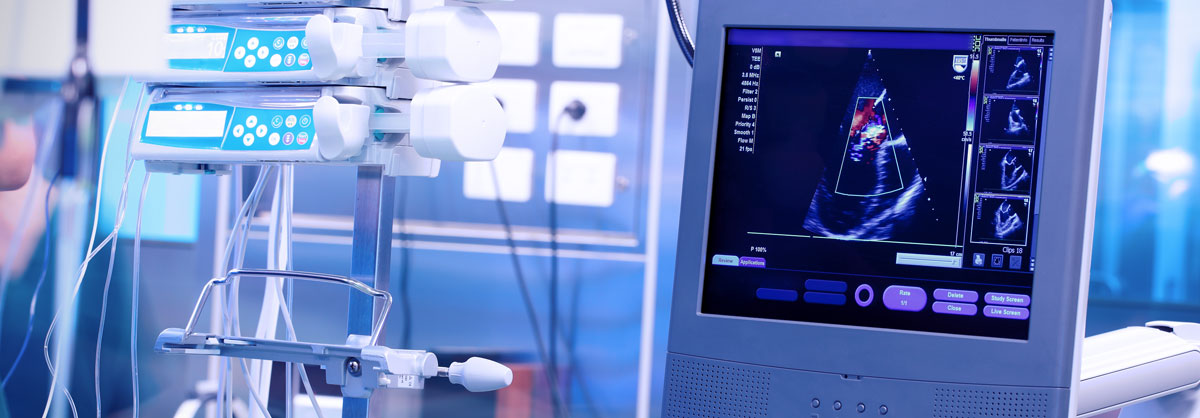
Cardiac imaging
Experts in the use of cutting-edge technology
The highly skilled team at the Teknon Cardiovascular Institute comprises experts in the use of cutting-edge technology for the most accurate diagnosis of heart conditions. The leading techniques available include 3D echocardiography, cardiac magnetic resonance imaging, cardiac and coronary CT scans, and PET-CT scans.
- 3D echocardiography (3DE/3D Echo) 3D transthoracic echocardiography (3D-TTE) and transoesophageal echocardiography (3D-TEE) are accredited reference techniques for screening patients with heart valve disease. A simple ultrasound technique, 3D echocardiography is remarkable or rendering readily comprehensible images, making it the most lucid means to assess the heart, and an invaluable for cardiologists and other specialists treating heart disease patients. The most common indications for performing a 3D Echo examinations are:
- Aortic valve assessment: stenosis and regurgitation.
- Mitral valve assessment: Mitral valve prolapse is one of the most common indications for 3D echocardiography, although it can also be useful for assessing mitral stenosis, especially in cases with poor transthoracic window.
- Prosthesis assessment: this is another of the main indications for the 3D-TTE and 3D-TEE. In particular, the assessment of periprosthetic dehiscence. The information is more accurate than 2D Echo.
- Assessment of the left atrium and left ear.
- Study of congenital heart disease.
- Guide to percutaneous interventional procedures.
- Assessment of intracardiac tumour masses.
- Cardiac Magnetic Resonance Imaging. Centro Médico Teknon is one of the few private centres that currently has a cardiac magnetic resonance imaging (MRI) machine, a state-of-the-art technique for evaluating patients with heart disease, and the most advanced technology for performing this procedure (high-field MRI machine, specific antenna for cardiac studies, advanced image reconstruction software, and CD recording and colour image printing).
- Coronary Multidetector CT (MDCT). The 64-slice coronary MDTC is a novel technique for viewing heart arteries with no need to insert catheters. It is recommended in patients with chest pain under investigation who are at intermediate risk of coronary heart disease, have atypical chest pain, or have had stress tests with inconclusive results. It consists of a helical scanner with high-speed rotation that allows images of the heart in motion to be acquired while the patient is moved inside the scanner.
- PET-CT. PET-CT systems provide a combination of metabolic information from PET images and morphological information from CT images in a single scan. The images of the human body obtained using this technique are used to assess various diseases, including heart disease. It allows the blood flow to the heart to be determined and signs of coronary disease to be assessed. It is used to determine areas of reduced function that are alive and scar tissue caused by a previous heart attack. Together with myocardial perfusion imaging, PET scans can differentiate between non-functional heart muscle and viable heart muscle that could benefit from a procedure such as angioplasty or coronary bypass surgery to restore blood flow and improve heart function.


































